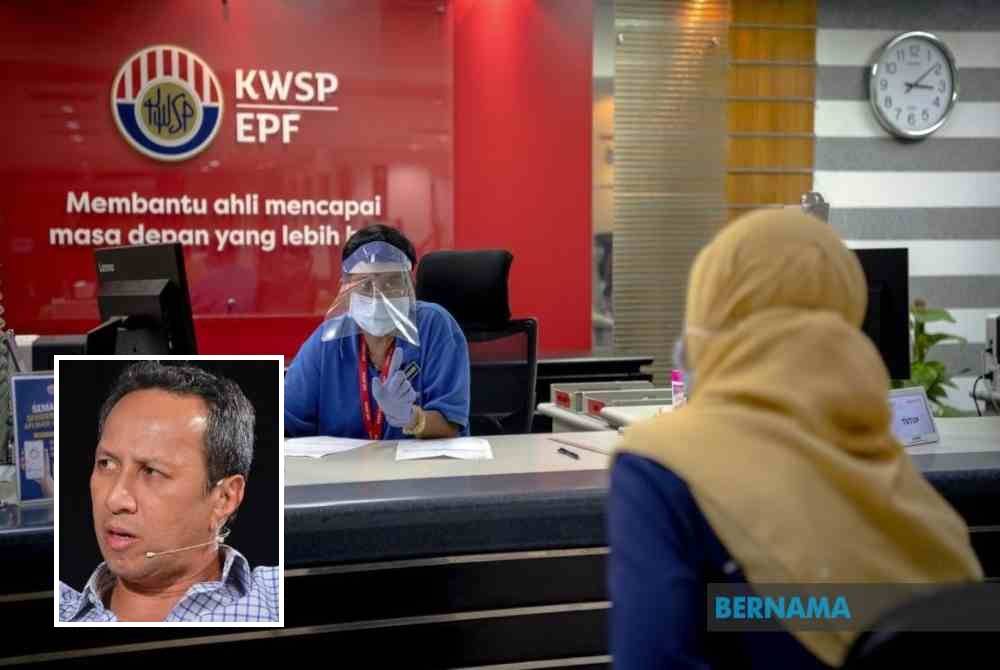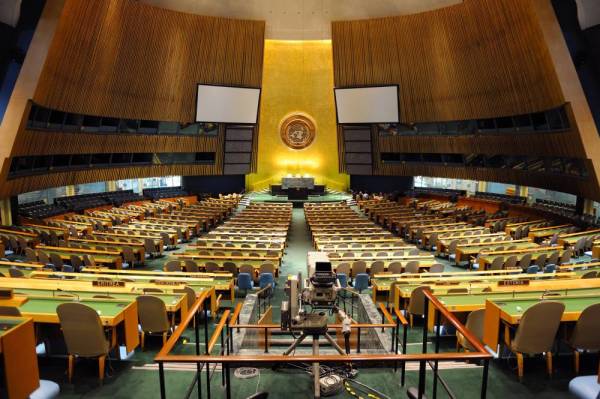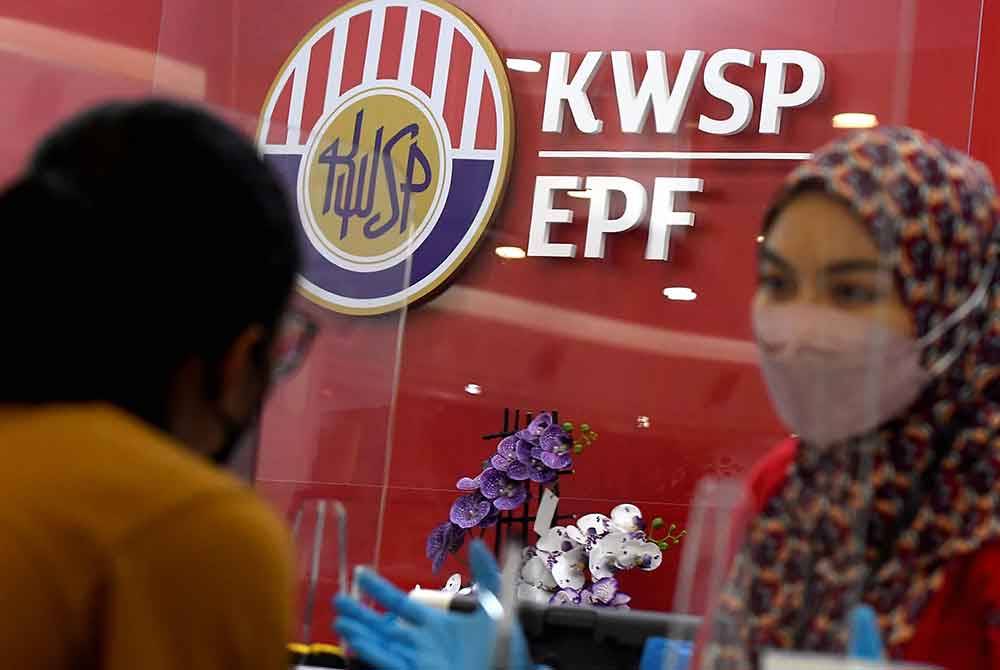Endangered and Vulnerable: The helpless sea turtles

The Olive Ridley Project states that there are only 6.5 million turtles left in the sea, placing them in the endangered species category with the status of easily extinct and vulnerable (VU).
There are less than 25,000 leatherback sea turtles and kemp’s ridley sea turtle in the world now, followed by hawkbill sea turtle (57,000); flatback sea turtle (69,000); loggerhead sea turtle (50,000); green sea turtle (90,000) and olive ridley sea turtle at one million.
The World Wildlife Fund (WWF) states that illegal poaching of marine life are among the major threats its survival, adding that turtles were hunted for their meat, skin and eggs.
“Turtle mean and eggs are a source of food and income for many people around the world.
“Some also kill turtles for medicine and religious ceremonies.
“Tens of thousands of sea turtles are lost this way every year, devastating populations of already endangered greens and hawksbills.” it said.
To address this, WWF works with local communities reduce turtle harvesting and egg collection.
The exploitation of turtles, it said, is often driven by the lack of economic choices thus WWF and its partners help develop alternative livelihoods so the local people are no longer dependent on turtle products for income.
The loss of habitat due due uncontrolled coastal development, vehicles on beaches and other human activities have directly destroyed or disturbed their nesting process.
“For example, lights from roads and buildings disorient hatchlings away from the sea, and vehicle traffic on beaches compacts the sand, making it impossible for female turtles to dig nests,” it said.
WWF added that beach restoration projects for protecting seaside buildings has also proved to be harmful through dredging and sand filling.
WWF said the climate change has also affected the sea turtles’ life, where unusually warm temperatures disrupted normal ratios of births, resulting to fewer male hatchlings.
Other than that, sea pollution such as plastic, substances and chemical waste has also threatened the survival of turtles in the world.
WWF said sea turtles often mistake floating plastic materials for jellyfish and ends up chocking on them when they try to eat it.
It added turtles are often victims of fishing tools such as hooks and nets used by fishermen across the world, while trash on beaches can trap hatchlings and prevent them from reaching the ocean.
“These encounters are often fatal,” said WWF, adding that oil spills poison turtles of all ages.
Out of the seven sea turtle species, four of them can be found in the Malaysia sea; the leatherback sea turtle, hawkbill sea turtle, green sea turtle and olive ridley sea turtle.
WWF has categorised the status of the turtle population in Malaysia as critical.
Turtles have deteriorated up to 99 percent since the 1960s following the selling and consumption of its eggs.
According to a report by The Asean Post, leatherback turtles were recorded to nest in Terengganu for more than 10,000 times a year back in the 1950s.
However, the Fisheries Department recorded no landing of the turtles since 2006.
In 2017, the department detected two turtle nests of the leatherback species in Terengganu.
Meanwhile, Malaysia recorded four species of the sea turtles in the oceans while other Asean countries such as Indonesia recorded six out of the seven species in the world.
Thailand, Vietnam, Cambodia, Philippines and Myanmar respectively have five sea turtle species in their respective oceans.
Brunei was recorded to have three sea turtles species that landed on their shores, while Singapore recorded two species; hawkbill and green sea turtles.
















